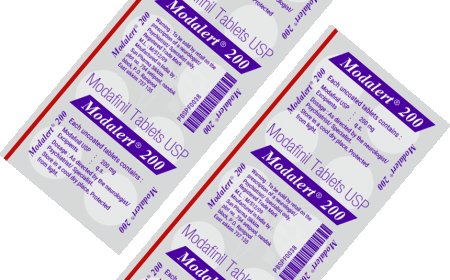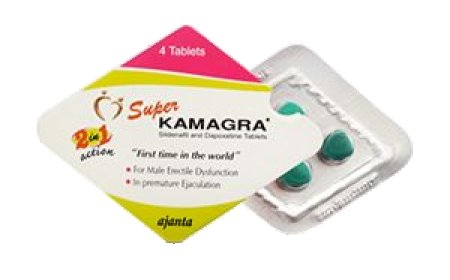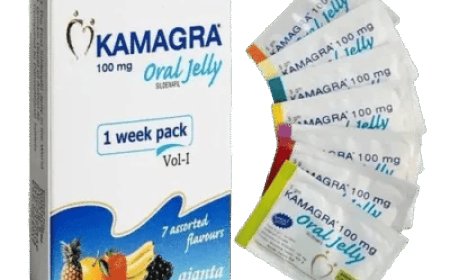Which intake is best for the UK?
In the UK, there are typically three main intakes: September (Autumn/Fall), January (Winter), and May (Summer/Spring). Each intake has its own advantages and limitations. Choosing the best intake depends on your academic goals, course availability, visa timeline, and personal preferences

The United Kingdom has long been a top destination for international students seeking world-class education, cultural diversity, and career opportunities. With a wide variety of programs and flexible admission cycles, one common question among prospective students is: Which intake is best for the UK?
In the UK, there are typically three main intakes: September (Autumn/Fall), January (Winter), and May (Summer/Spring). Each intake has its own advantages and limitations. Choosing the best intake depends on your academic goals, course availability, visa timeline, and personal preferences.
In this blog, well break down the characteristics of each UK intake, compare their benefits, and help you decide which one is best suited for your academic journey.
? Main Intakes in the UK
1. September Intake (Autumn/Fall Intake)
Duration: Begins in September and ends around June/July
Popularity: This is the primary and most popular Intakes in UK 2025.
Course Availability:
- Most undergraduate and postgraduate programs are offered in this intake.
- All top universities participate in this cycle.
- Wide range of scholarships and funding options are available.
Benefits:
- Largest selection of courses and universities.
- Longer academic year with more structured breaks.
- Greater peer interaction and exposure to campus life.
- Access to internships and job fairs that start early in the academic year.
Considerations:
- Admission is highly competitive due to large applicant volume.
- Youll need to apply early (by JanuaryApril) of the same year to secure a spot and process the visa on time.
Ideal for:
Students finishing high school or undergraduate studies in MayJune, and those who want full exposure to campus activities and resources.
2. January Intake (Winter Intake)
Duration: Begins in January and ends around September
Popularity: Second-most preferred intake.
Course Availability:
- Fewer courses compared to the September intake.
- Limited but increasing options for masters and diploma programs.
Benefits:
- More time to prepare for language tests, documents, and visa.
- Less competition for admission and accommodation.
- Ideal for students who missed September or want extra preparation time.
- Some universities open scholarship applications for this intake.
Considerations:
- Not all courses are available.
- Some internships and job opportunities may be limited due to an off-cycle academic calendar.
Ideal for:
Study in UK Students who missed September, need more preparation time, or are applying later in the year.
3. May Intake (Summer/Spring Intake)
Duration: Begins in May and ends in the following January (depending on program length)
Popularity: Least common intake.
Course Availability:
- Very limited courses and universities participate.
- Mostly short-term, vocational, or foundation programs.
Benefits:
- Faster admission process with less competition.
- Easier availability of accommodations and one-on-one academic support.
Considerations:
- Fewer scholarships.
- Limited university options.
- Lesser social and extracurricular activities on campus.
Ideal for:
Students with specific program needs, gap fillers, or vocational/short-term course seekers.
? Intake Comparison Table
|
Feature |
September Intake |
January Intake |
May Intake |
|
Course Availability |
High |
Moderate |
Low |
|
University Participation |
Most universities |
Selective |
Very few |
|
Competition Level |
High |
Moderate |
Low |
|
Scholarship Opportunities |
High |
Medium |
Low |
|
Ideal For |
Fresh school grads |
Late applicants |
Specific/vocational |
|
Internship Opportunities |
High |
Medium |
Low |
|
Visa Processing Time |
Needs early prep |
More relaxed |
Quick turnaround |
|
Social Activities on Campus |
High |
Medium |
Low |
? Key Factors to Consider When Choosing an Intake
1. Academic Background
If you are finishing your previous course in June or July, then September intake is ideal. If you graduate later or miss application deadlines, January intake gives you a second chance.
2. Program Availability
Not all programs are available in all intakes. Most specialized degrees, particularly in engineering, medicine, and business, are offered in the September intake only.
3. University Admission Deadlines
Each intake has different application timelines. Missing these can delay your entire plan by 48 months.
Typical Application Timelines:
|
Intake |
Application Period |
|
September |
November April (of same year) |
|
January |
June September (of previous year) |
|
May |
October January (of same year) |
4. Visa and Documentation
Make sure you have enough time to prepare necessary documents (SOP, LORs, IELTS/PTE scores) and apply for a UK Student Visa (Tier 4).
5. Scholarships and Funding
Most funding and scholarship options are available in the September intake. If scholarships are crucial for you, then this intake is recommended.
6. Weather and Travel
The UK weather can affect travel plans. September is autumn and relatively pleasant, while January can be colder and sometimes challenging for new students arriving from tropical countries.
? So, Which Intake is the Best?
? Best Overall: September Intake
If you want maximum course options, scholarships, networking, and career opportunities, the September intake is your best choice.
? Best for Late Preparers: January Intake
If youre late in applying or need more preparation time (e.g., to clear English proficiency exams), then January intake is a good second option.
? Best for Specialized Needs: May Intake
If you're aiming for a short course, diploma, or missed both main intakes, then May intake offers a small window to begin your journey without waiting another year.
? Final Thoughts
Choosing the best intake for studying in the UK is a crucial decision. While September offers the most benefits and opportunities, January and May have their own advantages depending on your situation.
Take the time to:
- Research your desired course and university.
- Check available intakes and application deadlines.
- Plan your visa and financial documents well in advance.
With the right preparation, any intake can open doors to a successful academic and professional journey in the UK.
? FAQs
Q1: Can I apply for more than one intake in the UK?
Yes, if your chosen course is available in multiple intakes, you can apply accordingly. However, you must choose one final intake when submitting your CAS (Confirmation of Acceptance for Studies).
Q2: Is it easier to get admission in January or May intake?
Generally, yes. Due to lower application volumes, competition is less intense in January and May intakes.
Q3: Do all UK universities offer January and May intakes?
No, not all. Always check with the official university website or speak to an admission counselor.
Q4: Are job prospects affected by the intake I choose?
No, but the September intake aligns more closely with academic and internship calendars, potentially giving you a slight edge in job fairs and placement drives.
? Need Help Choosing the Right Intake?
If you're unsure about which intake fits your profile, reach out to professional education consultants or university advisors. Planning your intake wisely will ensure you get the most out of your UK education experience.
























